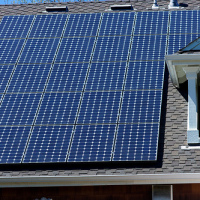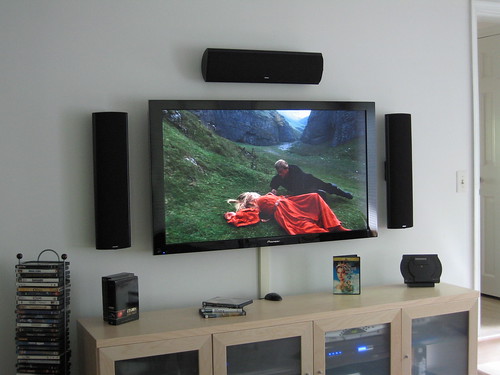Looking for ways to reduce energy costs and help the environment? There are a ton of tips and tricks that can increase your home’s energy efficiency, and many of them really require investing just the bare minimum effort. Here are just a few simple things that you can do to help save energy.
Unplug Chargers
Did you know that chargers, whether for your laptop, tablet, or phone, continue to use energy even when they aren’t charging their intended devices? This will vary from charger to charger, and if you’re concerned, you can get a watt meter to test how much energy is being consumed when the charger is plugged in. However, the easiest thing to do is unplug the charger when it’s not in use. Stick it in a drawer and you’ll know where it is the next time you need it.
Choose a Laptop Over a Desktop Computer
Laptop computers are made to conserve energy, with many laptop screens using energy-efficient LED lights and solid-state hard drives that don’t have any moving parts. According to the University of Pennsylvania, watts used by desktop computers can range from about 50 to 150 while laptops ranged from 20 to 60 watts. When you’re not using your computer actively, put it in sleep or hibernation mode. For laptops, consider unplugging them when they are not in use or charging.
Use Power Strips
Many electrical devices use energy even when they’re not on. One tester found that the Xbox 360 draws 2.4 watts while plugged in and turned off, and it uses 109 watts when plugged in and turned on (but while not in use). The Wii only draws 1.8 watts when off, about 15 watts when it’s on, and 9.5 watts while on standby. This is typical for devices such as TVs, stereos, and DVD and Blu-ray players.
It’s a pain to go through and unplug these devices every time you are done using them. Luckily there’s an easy solution: power strips. With power strips, you can plug all of your devices in and when you’re done, just turn off the strip to reduce energy consumption.
Reduce the Heat Setting by One Degree
Did you know that reducing the temperature on your thermostat by just one degree can reduce your overall energy consumption by more than 5 percent? You might not notice the temperature change, but your energy bill will notice. In winter, try to keep the thermostat between 68 and 70 degrees while you’re home and awake and between 65 and 68 at night.
If you’re cold at night, consider getting flannel sheets or a down comforter. During the day, keep warm with fleece jackets that are soft and light, so you can be comfortable with a cooler home. If you’re paying more than you think you should for energy, check out Electric.com, where you can compare energy rates and possibly switch companies.
Buy Energy Efficient TVs
When looking for at new TV, find one that’s labeled “energy-efficient” as determined by Energy Star. These often use up to 20 percent less energy. Also, if possible, choose a smaller TV, which will use less energy.
To give consumers an idea of how much it costs per TV, there are yellow stickers included with each model that shows the estimated cost of running the TV for a year (this assumes things such as a base price for electricity and running the TV for five hours a day on average). Energy efficient TVs typically range from $10 to $90 per year.
Use Technology to Create Energy
Rather than just looking for ways to save, you can also use advanced technology to create energy through the use of solar panels. By adding solar panels to your roof, some of that energy will be replaced by a free resource — the sun. Currently, solar panels cost about 75 cents per watt, but according to an article published in the MIT Technology Review, that could go down to as little as 10 cents per watt, allowing it to cost much less than energy from fossil fuels.
These are just some things you should consider if you want to save money and avoid wasting energy. What do you do to save on your monthly energy bill?



